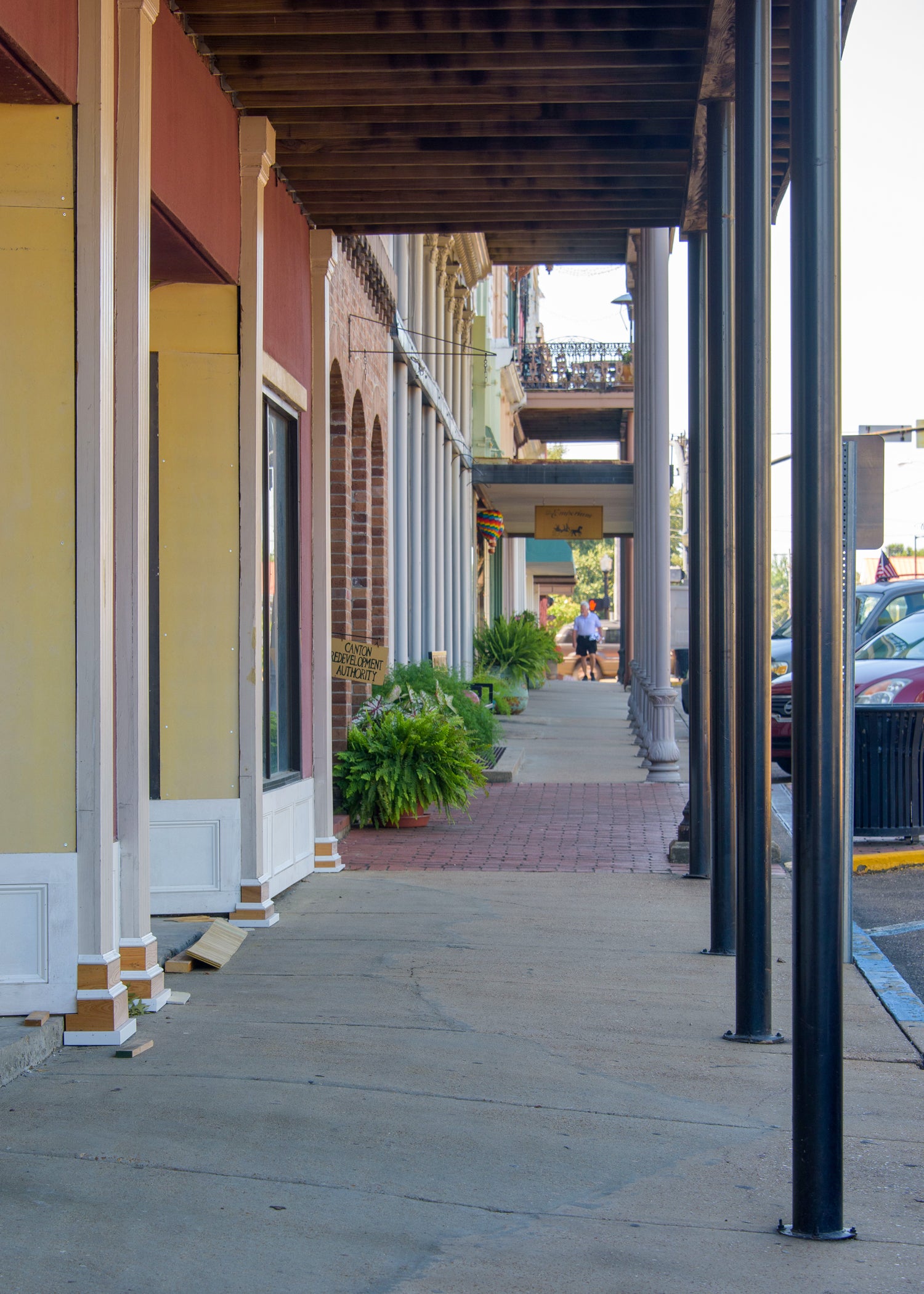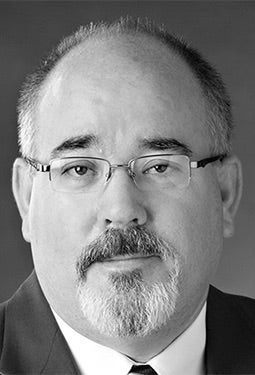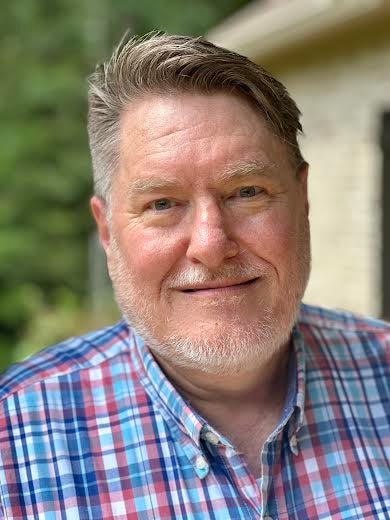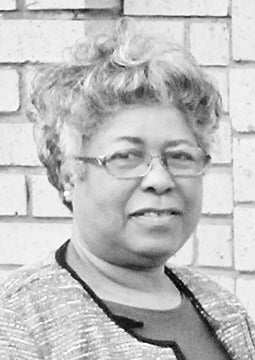MSU Extension promotes rural health in many ways
Published 4:26 pm Monday, November 15, 2021

- The Mississippi State University Extension Service is engaged in a variety of efforts to positively impact the overall health and well-being of individuals at whatever stage they are in life. (Photo by MSU Extension Service/Kevin Hudson)
By Bonnie Coblentz
MSU Extension Service
While National Rural Health Day is celebrated Nov. 18, the Mississippi State University Extension Service works daily to build and maintain this personal and community-level commodity.
“The work we are doing in Extension around rural community health is exciting and includes more than just individual-level health issues,” said Keith Coble, vice president of MSU’s Division of Agriculture, Forestry and Veterinary Medicine.
“Extension as a whole is engaged in efforts to impact individuals across the life course and at the individual, family, community and policy levels,” he said. “This work has the potential to affect every community and every citizen of Mississippi.”
There is a crisis in mental health across the country — worsened by the pandemic — but especially felt in many rural areas. Farming and the rural lifestyle have tremendous pressures brought on by market uncertainty, weather challenges and isolation.
MSU Extension responded by establishing the PROMISE Initiative, which stands for Preventing Opioid Misuse in the SouthEast. Three in four farmers say opioids are easy to get, but only a third say mental health or substance use treatment is equally attainable.
David Buys, Extension state health specialist, said part of the PROMISE Initiative is mental health first aid training that Extension agents across the state have absorbed.
“This training allows Extension personnel to recognize and intervene on the mental health needs of farmers, their families and rural residents,” Buys said. “The program teaches agents how to recognize signs of mental health or substance use challenges in farm communities, offer and provide initial help, and guide those in need to professional services.”
Physical health is a big component of a healthy rural population, and Mississippi joins the rest of the nation in battling to keep health care professionals and facilities in its rural areas. As the number of rural physicians decline, access to adequate health care becomes more difficult to achieve.
The Rural Medical and Science Scholars program is an Extension effort to help recruit the next generation of medical professionals who will choose to make a career in underserved areas of Mississippi. A goal of the program is to develop a pipeline of future medical providers.
Ann Sansing, Extension instructor, directs the Rural Medical and Science Scholars program. It is designed to help rising high school seniors determine if they want to pursue health-related careers.
“The goal of this program is to shape students’ interest and understanding of medicine, health-related disciplines and other STEM fields,” Sansing said. “The program aims to ensure a strong and passionate workforce for the long-term goals of improving Mississippi’s economy and increasing access to health care.”
Participants in the five-week course live on campus and take two health science college courses. They tour medical facilities and shadow various medical and health care professionals, including physicians and dentists.
“Mississippi still has the lowest number of physicians per capita in the nation, which limits access to care and contributes to many of the negative health issues plaguing our state,” Sansing said. “The one constant in health care reform discussions is the need for more primary care physicians. The scholars program is helping to address that need in Mississippi.”
Young people may be healthy, but they need productive activities to be a part of and insight into career opportunities to help them make wise choices in life. The Mississippi 4-H youth program offers programs and growth opportunities that put the heads, hearts, hands and health of Mississippi’s youth to work.
Linda Mitchell, interim director of Mississippi 4-H, said participants learn and apply the essential elements of the 4-H program: belonging, mastery, independence and generosity.
“The 4-H program creates supportive environments for culturally diverse young people and adults to reach their fullest potential,” Mitchell said. “It offers formal and nonformal community-focused experiential learning that allows young people to develop skills that benefit them throughout life.”
Volunteerism and leadership are key traits developed through 4-H, and the result is stronger families and communities. These are important elements of health, both in rural and urban areas.
Clean, safe water and strong food systems are other components of rural health.
Jason Barrett, an associate Extension professor with the MSU-based Mississippi Water Resources Research Institute, oversees the testing of private water wells and directs technical assistance for public water supplies in the state.
Rachel Carter, Extension community planning specialist in the Extension Center for Government and Community Development, assists individuals and communities in building infrastructure that leads to healthy, vibrant communities through a variety of programs and direct consultation.
One such effort led to Marks, Mississippi, being able to open a grocery store after an extended period of no access to a retail market space.
All of Extension’s work on health is designed based on solid needs data. Data is also necessary to measure anything, including the overall wellness of a community.
Alan Barefield, an Extension agricultural economist, works primarily with the economic well-being of communities. He collects and analyzes data on the economic environment in which the health care sector operates, the economic burden of chronic disease and adverse health conditions, and the public infrastructure, primarily water, wastewater and gas utilities.
Barefield also assists community economic developers with small business and entrepreneurship development and business retention and expansion programs.
“Data-driven decision making is key to any successful initiative, and having community-level data on both health outcomes as well as factors that impact health is valuable,” Buys said. “We need reliable, up-to-date data to know what the leverage points are and where the greatest areas of need and opportunity are so that we can work in those areas.”





